Retro Replay Review
Gameplay
Pinball Brain Damage elevates the classic pinball formula by blending meticulous physics with richly detailed tables that demand precision and strategy. The game simulates eight distinct material types—each affecting the ball’s rebound and speed—giving seasoned players a true-to-life feel every time the steel sphere rattles across bumpers and ramps. You can adjust the table’s tilt sensitivity, making every nudge or heave count toward disaster or glory, and adding a satisfying layer of risk and reward to each play session.
The first table, Hypervolution, revolves around a high-octane chase. You start off by earning your driver’s license, then tuning up a souped-up vehicle before attempting a daring escape from persistent law enforcement. This progression gives clear short-term goals—hitting certain targets or ramps advances the story—while the dynamic police-car multiball mode tests your flipper skills under pressure. Each successful escape is a rush, making you eager to line up the next shot.
Magnetic Whirlpool, the second table, channels campy B-movie horror with neon-lit tunnels and monster-themed targets. Advanced ramps lead into hidden pits where you can trigger a short sub-game on the LCD display—dodge tentacles, zap mutant creatures, and return the ball to the main playfield for extra points. The interplay between main machines and these mini-encounters keeps you on your toes, rewarding exploration and precision.
To extend its replay value, the CD version includes a robust table editor. Here you can craft your own layouts, set table parameters like slope and bumper strength, and even script special events. This feature taps into the spirit of early pinball construction sets but with a modern interface, ensuring that once you’ve mastered the built-in tables, you’ll have endless opportunities to create and share fresh challenges.
Graphics
Visually, Pinball Brain Damage is among the most advanced titles on the Amiga platform. Running in hires mode (640×256) with generous overscan by default, the game offers a sweeping view of each table that rarely feels cramped. For even greater detail, you can switch to superhires interlaced mode (1280×512), which brings out finer textures on ramps, backboards, and flair items like neon signs or dashboard gauges in Hypervolution.
The two tables exhibit distinct artistic styles tailored to their themes. Hypervolution’s palette leans heavily on metallic grays, racing stripes, and automotive decals, while Magnetic Whirlpool bursts with lurid greens, purples, and flickering monster silhouettes. Both designs boast crisp pixel art, with dynamic lighting effects that simulate glowing bumpers, spinning hazard lights, and the occasional flashing “Tilt” alert.
Animation is smooth and consistent, even in superhires mode where frame pacing can be demanding on older hardware. Ball physics appear entirely in software, yet the motion never feels laggy; collisions with flippers, slingshots, and magnets are instantaneous. Small touches—like dust particles kicking up in Hypervolution’s garage area or steam venting from Whirlpool’s geyser trap—add polish that pinball fans will appreciate.
Story
Though pinball games traditionally lack a narrative backbone, Pinball Brain Damage weaves light storytelling into both of its tables. Hypervolution tells a concise tale of ambition and escape: earn your driver’s license, customize a ride that can outrun the law, then put your skills to the test in a high-speed chase. Each milestone—like hitting inspection targets or activating the turbo ramp—feels like a chapter in your road-warrior saga.
Magnetic Whirlpool takes a different tack, leaning into B-movie tropes with campy dialogue prompts and a menacing soundtrack that heightens the tension. When the LCD sub-game kicks in, you’re not just aiming for points—you’re battling slimy creatures in a science-lab gone awry. This playful twist on narrative keeps the experience fresh and helps the table’s lore resonate beyond the mechanical tricks it offers.
The built-in editor further blurs the line between gameplay and storytelling. You can design entirely new scenarios, assigning thematic elements to ramps and targets or scripting custom event sequences. This empowerment lets you craft your own pinball narratives—be it a cosmic invasion, a high-stakes casino heist, or an underwater treasure hunt—cementing Brain Damage as more than just a two-table package.
Overall Experience
Pinball Brain Damage stands as a technical showcase on the Amiga, marrying high-resolution modes with authentic ball physics and a creative flair for thematic detail. Whether you’re a retro gamer seeking the thrill of classic pinball or a newcomer curious about the medium’s digital evolution, you’ll find much to admire in how this title pushes the hardware to its limits.
While the base game ships with only two tables, their complexity and the inclusion of a table editor on the CD version largely offset the limited count. Hypervolution and Magnetic Whirlpool each deliver distinct gameplay loops, and the ability to craft new tables ensures that the action remains engaging long after the initial novelty wears off.
Overall, Pinball Brain Damage offers a compelling blend of realistic physics, eye-catching visuals, and narrative whimsy. Its adjustable tilt mechanics and diverse material simulations provide depth for purists, while the editor invites creative players to become designers. For anyone invested in pinball gaming or Amiga classics, this title is well worth exploring.
 Retro Replay Retro Replay gaming reviews, news, emulation, geek stuff and more!
Retro Replay Retro Replay gaming reviews, news, emulation, geek stuff and more!
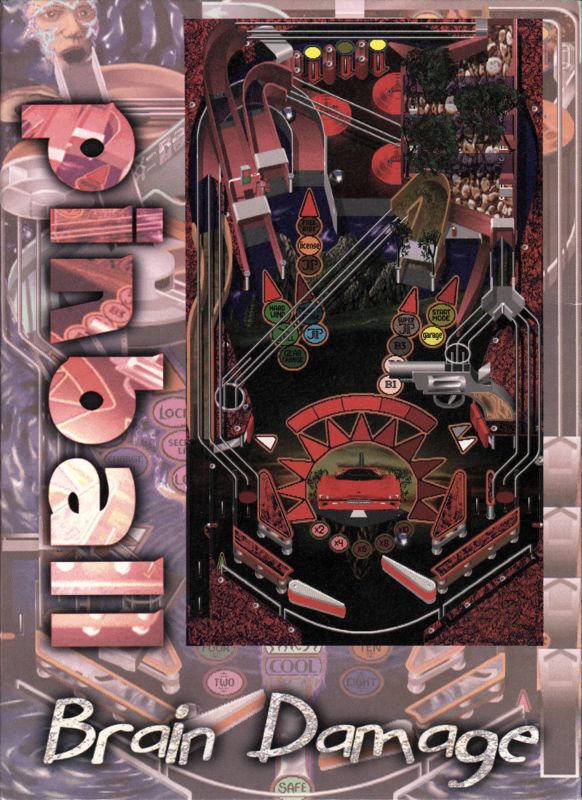
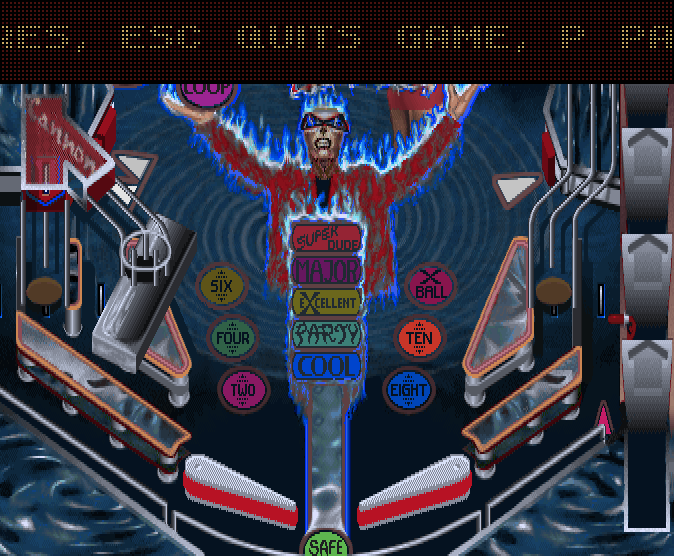
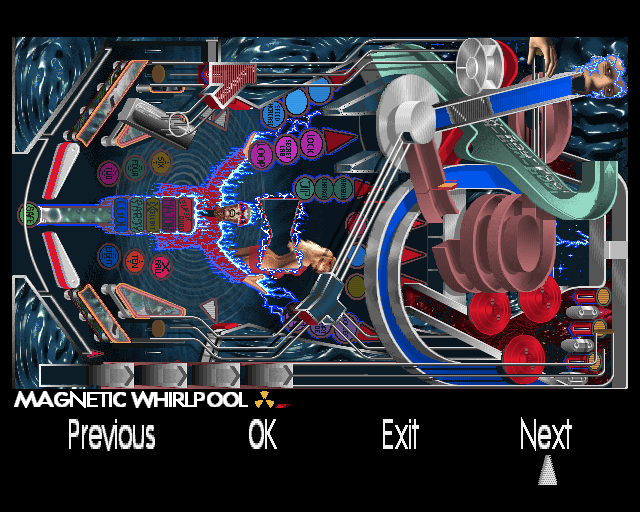
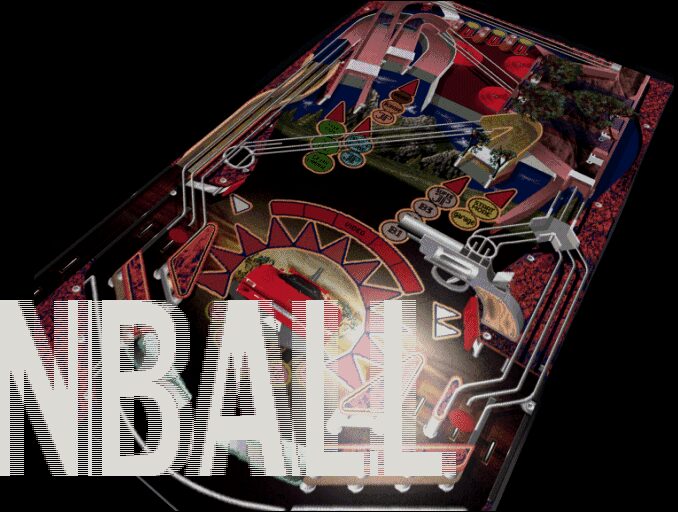
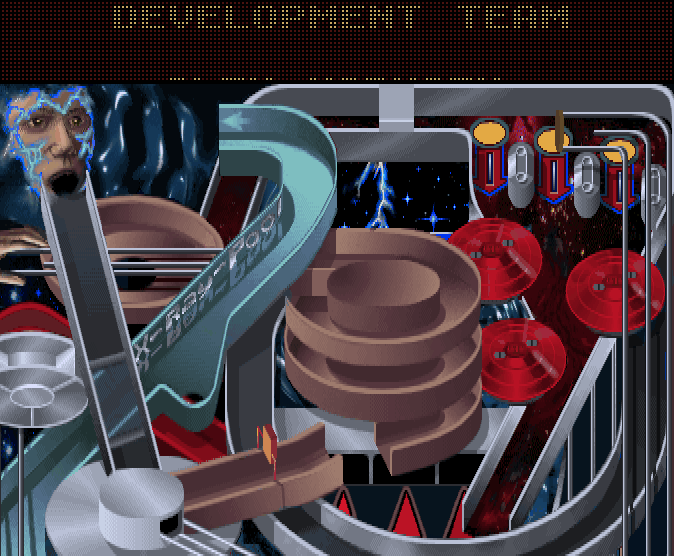


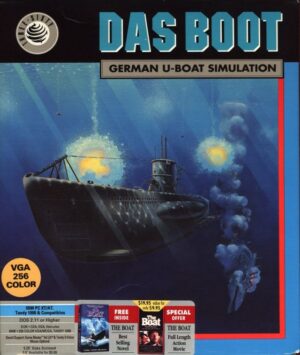

Reviews
There are no reviews yet.